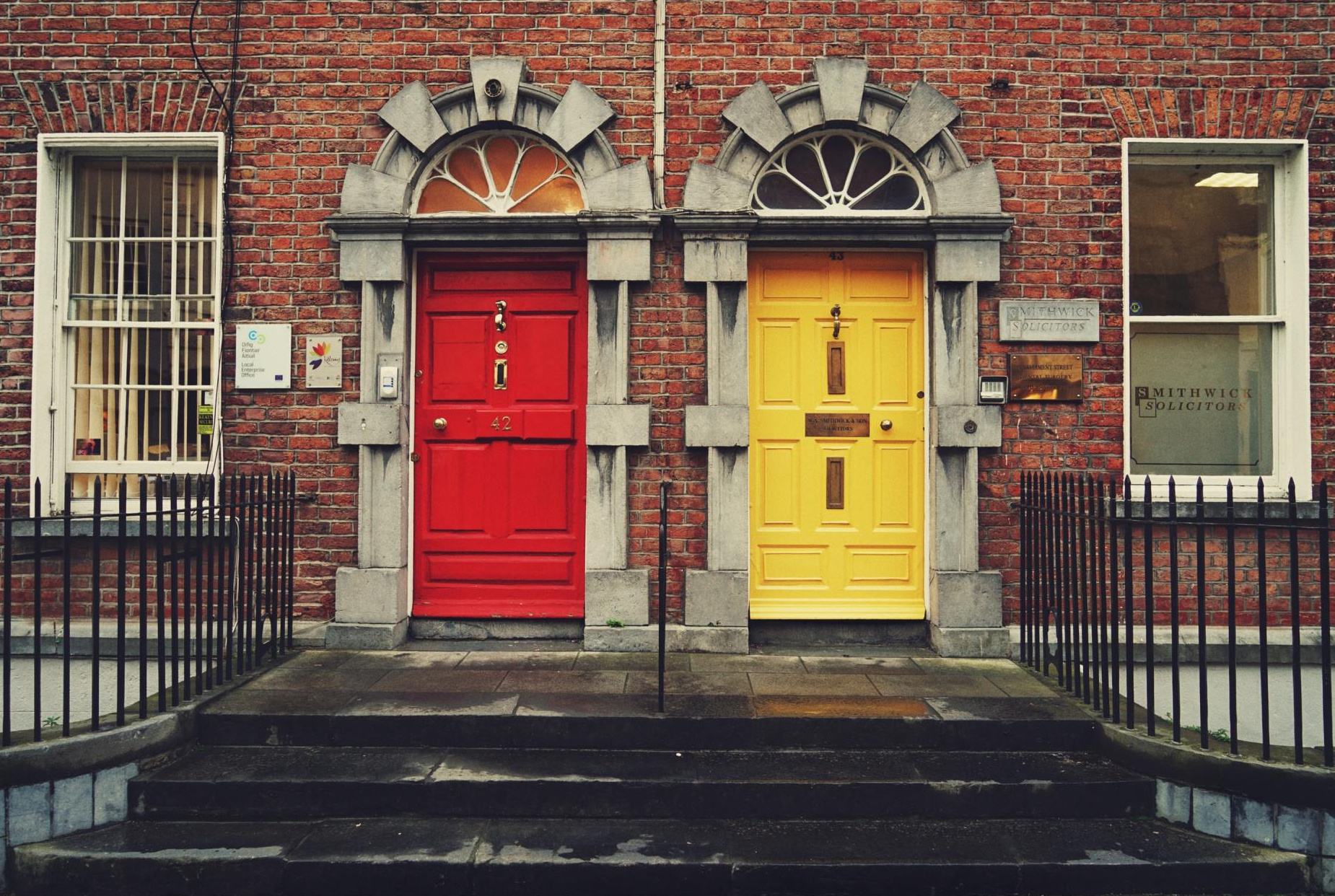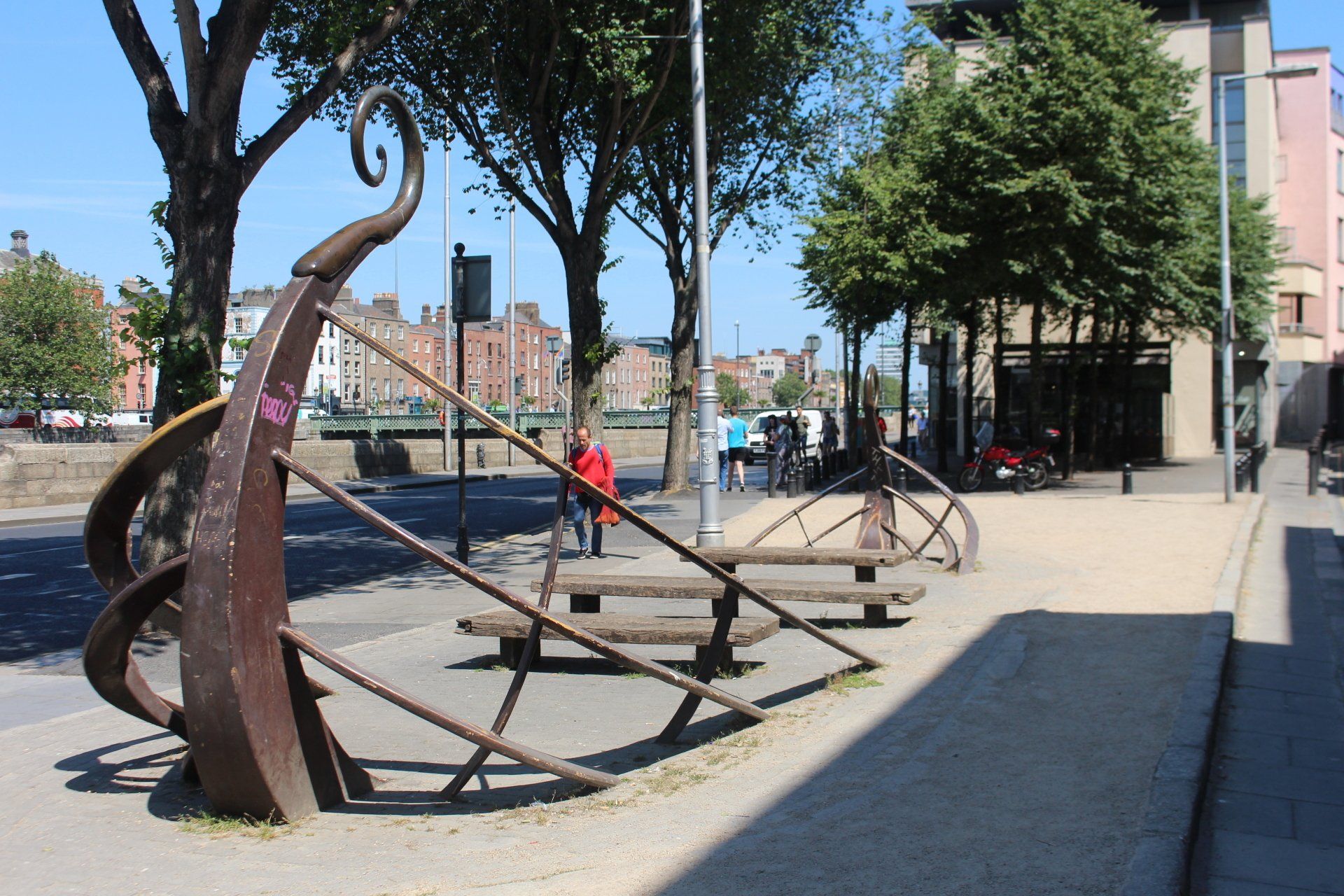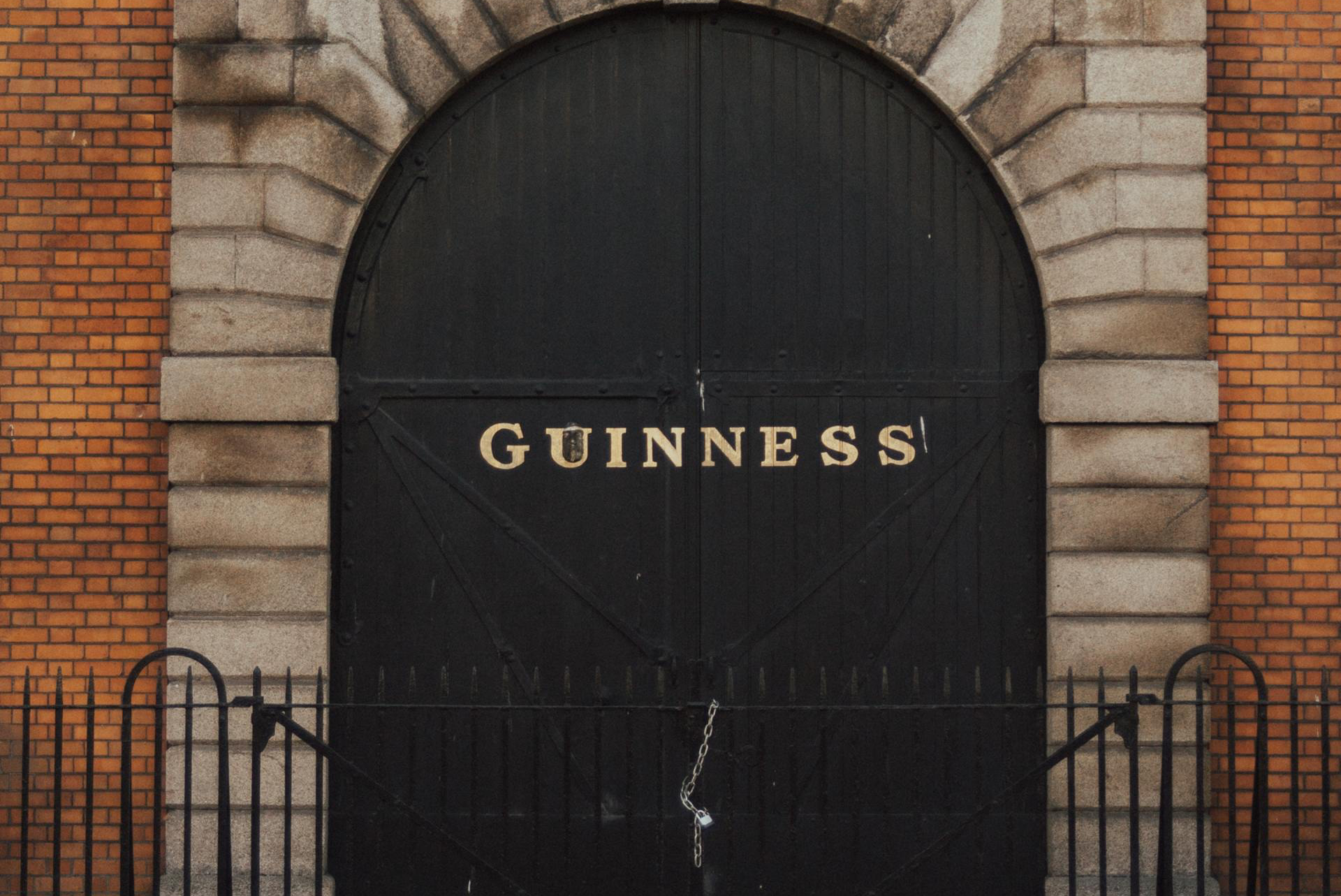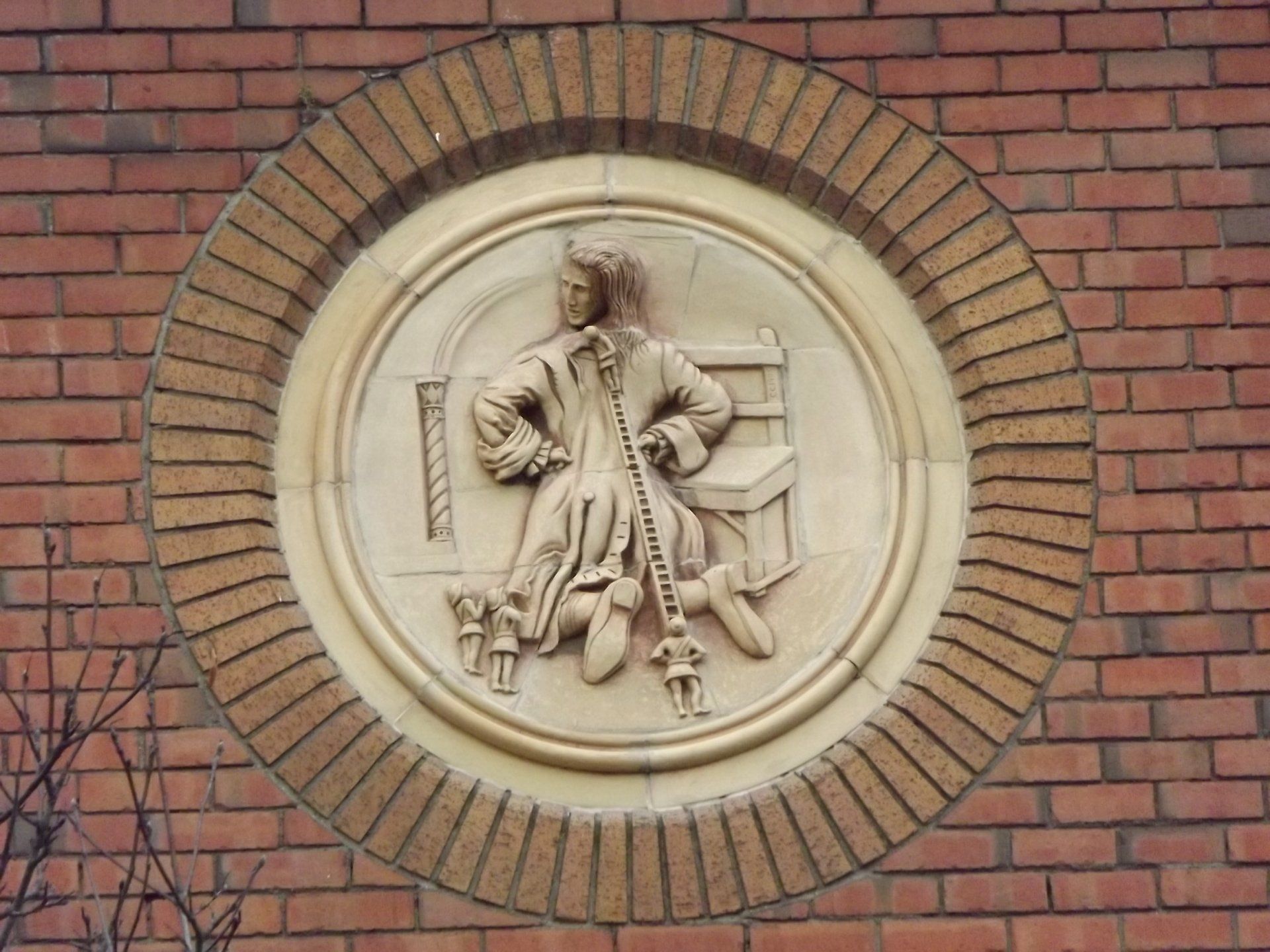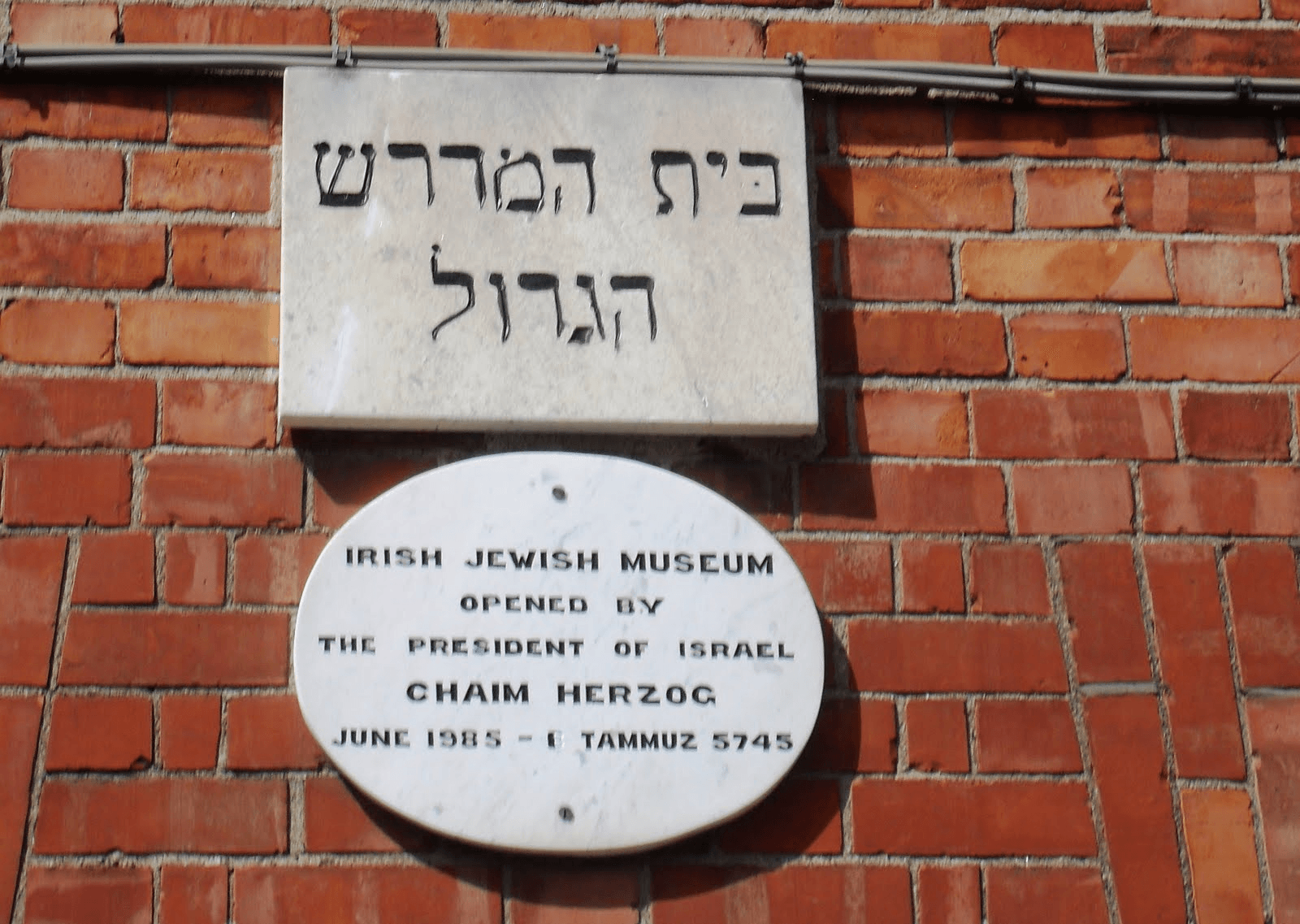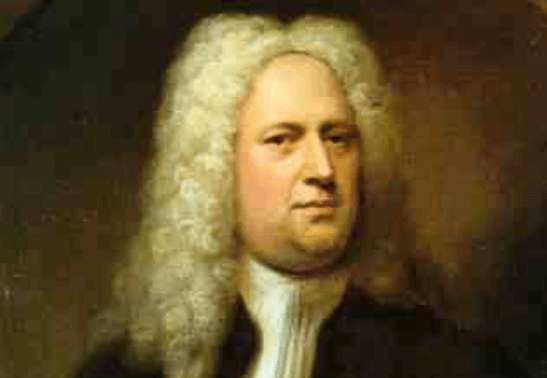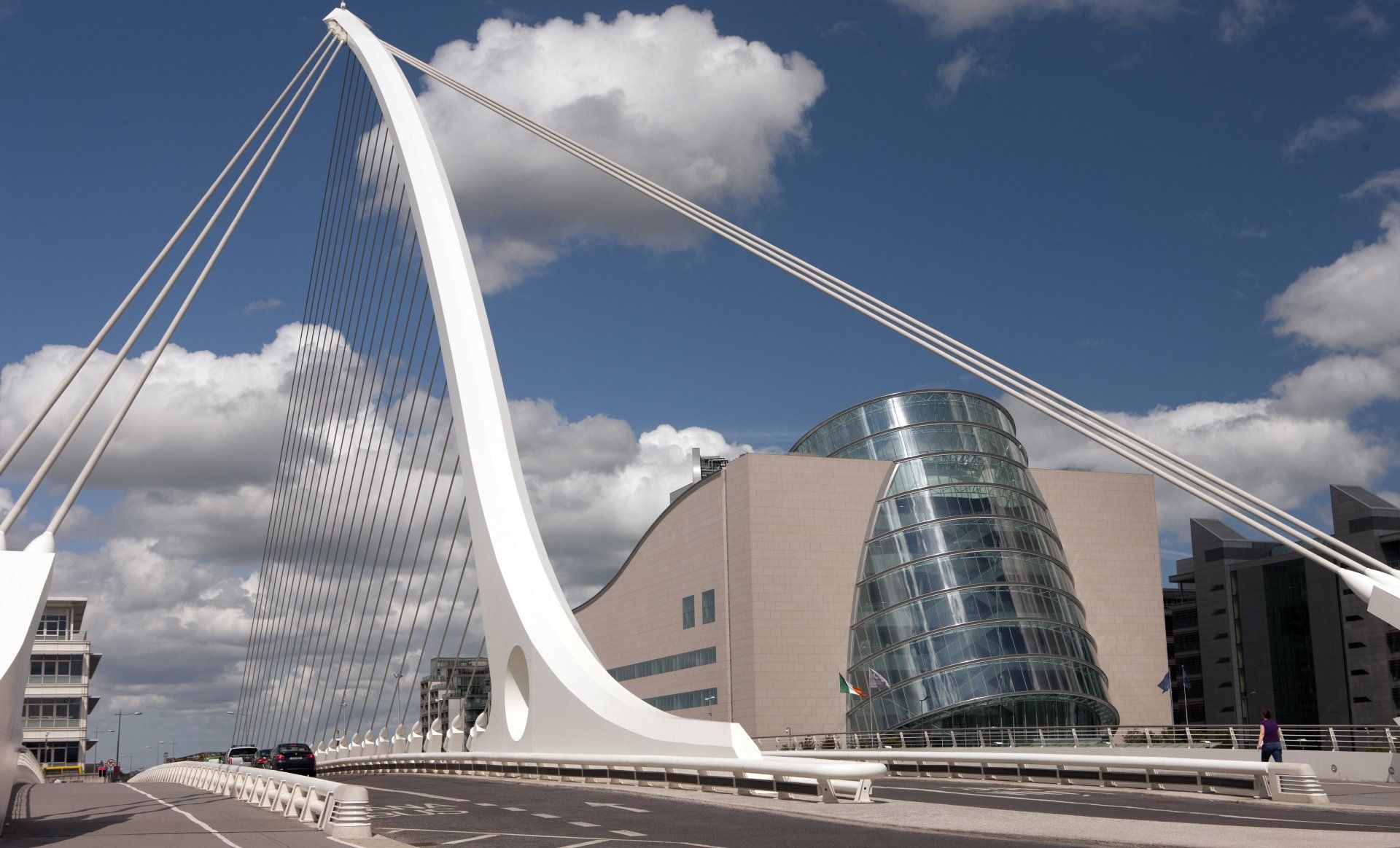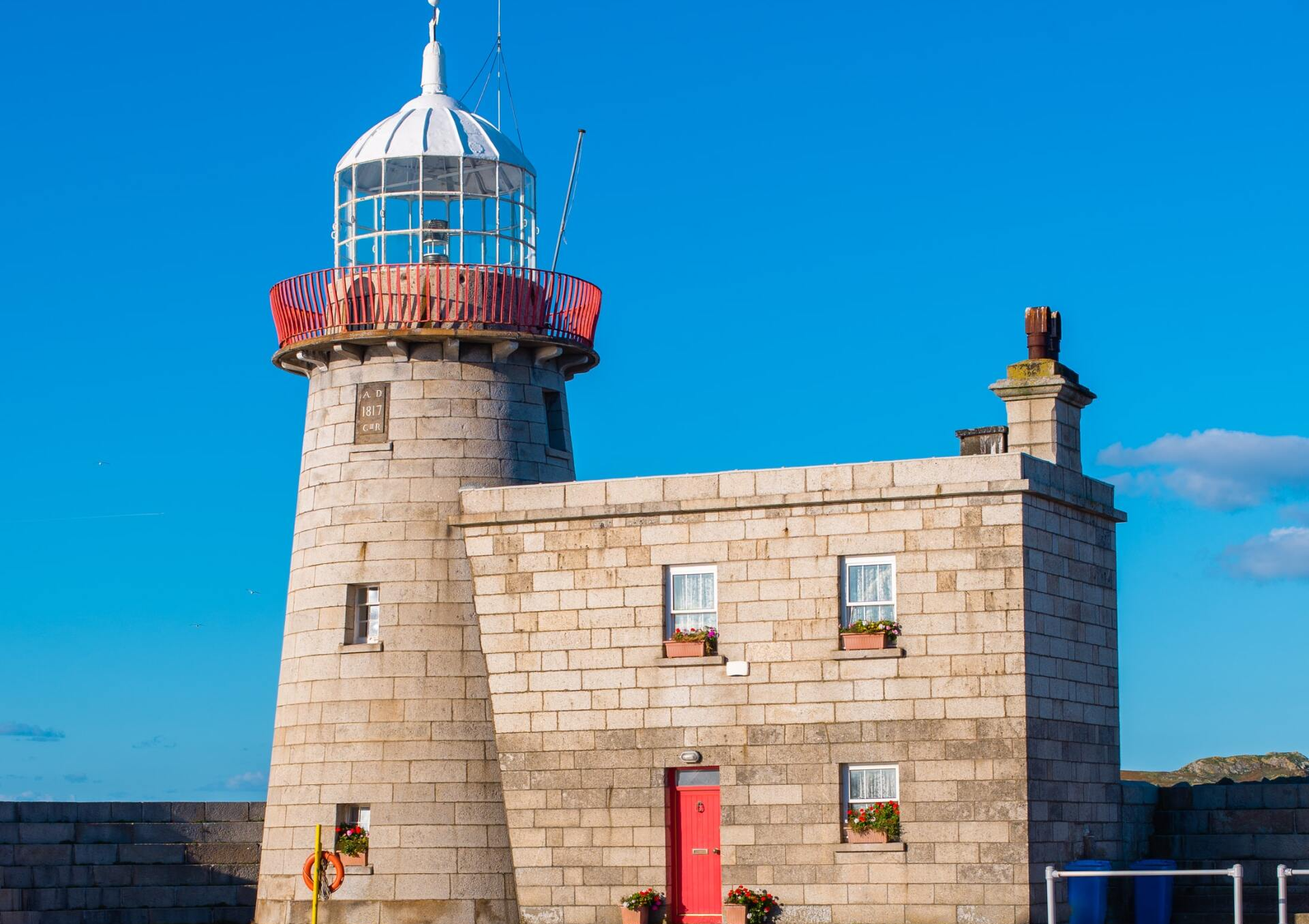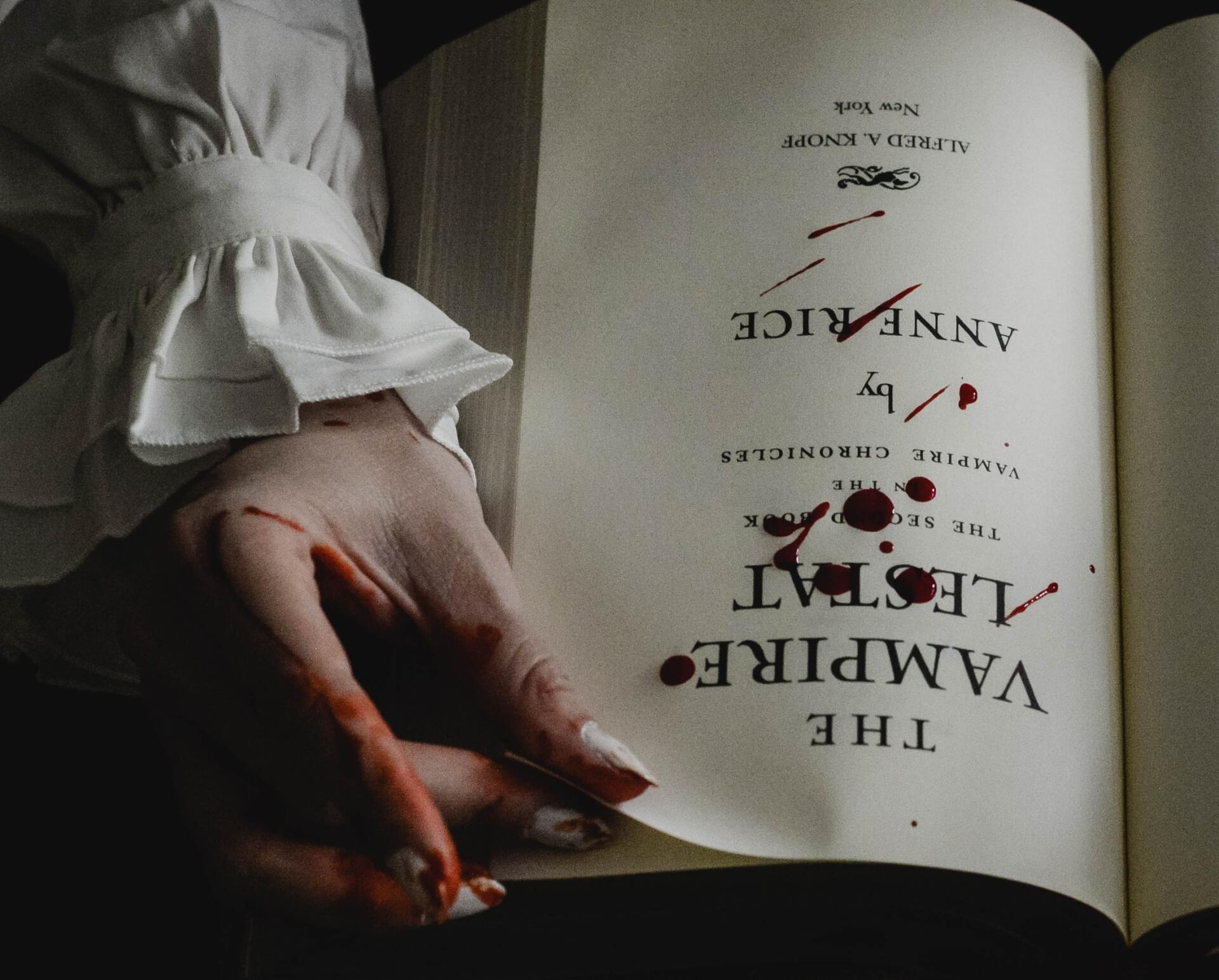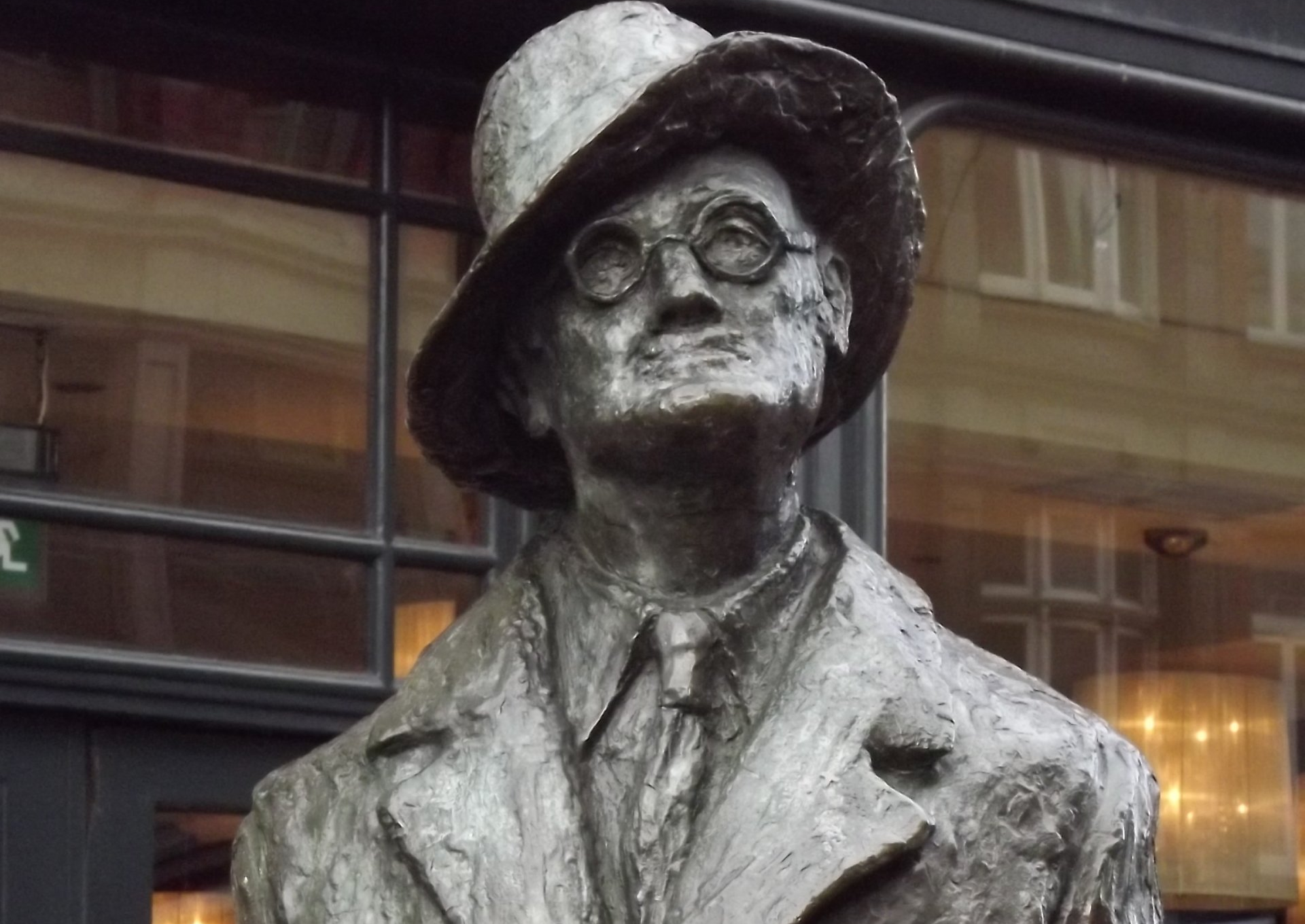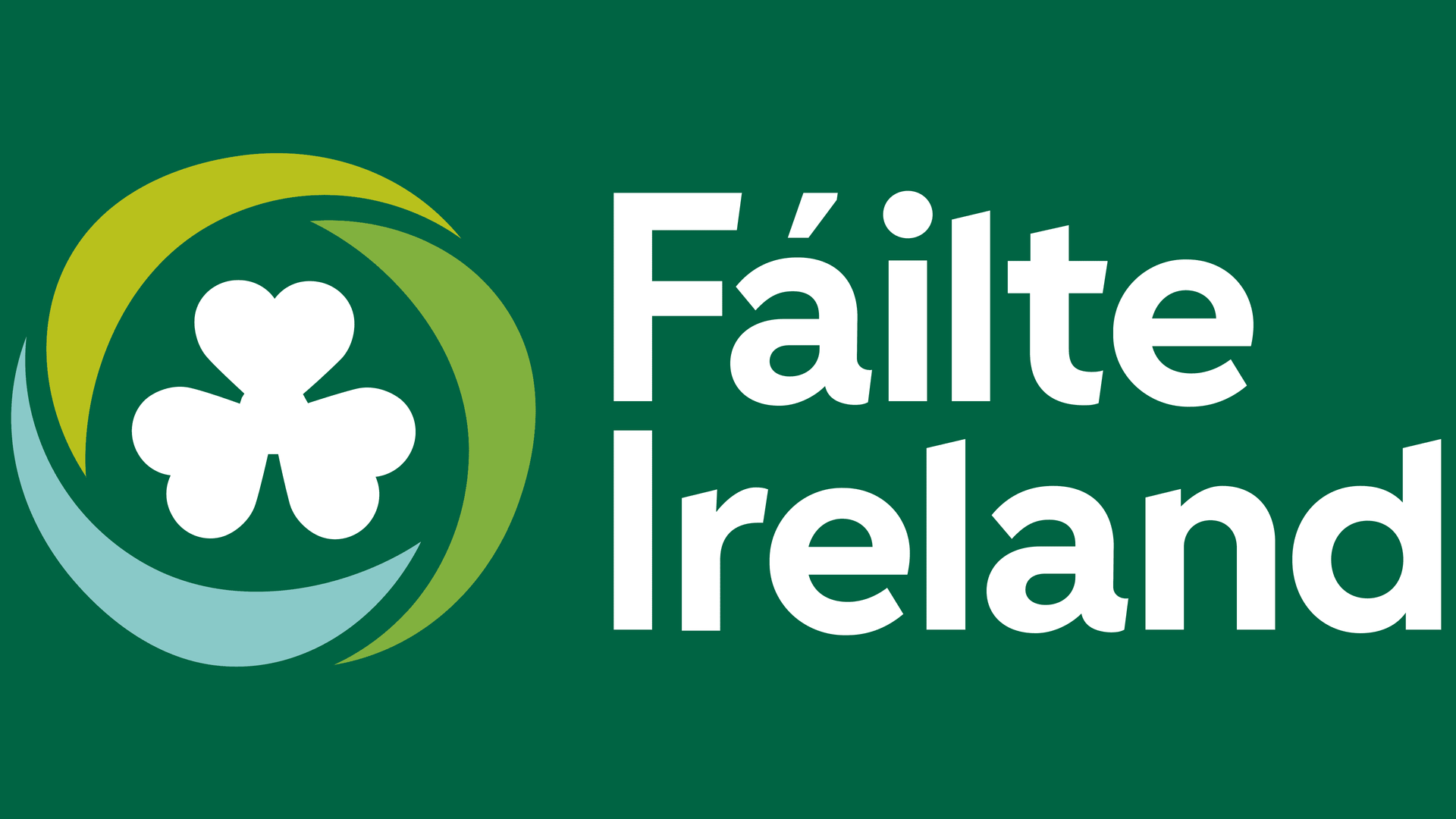Docklands Tour – the New Old Dublin
This stunning meander covers both sides of Dublin’s main waterway, the River Liffey, as it empties into the Irish Sea. The tour will wind its way from the 18th century Custom House and its various early 19th century docks to the Financial Services Centre, the CHQ Building (where the EPIC Emigration Museum is located) before heading down to Grand Canal Docks, the largest sheltered docks in the world when they opened in 1796.
On the way we will pass interesting old buildings and their modern counterparts. You will see such curiosities as the Jeannie Johnston, the replica Famine Ship from the 1840s, the gaunt-looking Famine Statues, the Diving Bell – an engineering marvel of its day, the Cill Áirne Ship Restaurant, the inspiring Samuel Beckett Bridge, studios where U2 recorded some of their albums and onto the site where their new museum will be built. From here there are also vistas to such iconic headquarter buildings such as Google, Airbnb & Facebook.
You never know what you might see plying along the river or on the waters of Grand Canal Docks. There will be ample opportunities for taking great photographs of the broad land, river and harbourscapes.
Independent or Accompanied Internal Visits
On longer tours we may be able to arrange in advance visits to EPIC, the National Currency Museum, the Jeannie Johnston Famine Ship, the atmospheric 18th century Ferryman’s Pub, and/or coffee on the historic Cobh tender, the Cill Áirne. For the real enthusiasts we can organise an exciting visit to Windmill Lane Recording Studios where many international names such as the Spice Girls, Rod Stewart, Sinead O’Connor, Hozier, Van Morrison, Ed Sheeran, David Bowie, Lady Gaga, U2 and many, many more.
Georgian Dublin – the 18th century city
The Georgian Quarter around Merrion and Fitzwilliam Squares is one of the largest intact 18th century period districts remaining in Europe. With its gracious terraced houses, parks and the institutions of the Museum & Government Quarter, this is an area whose memories and sights will stay with you for a long time.
While many of the Georgian mansions are now offices of one sort or another their external appearances still recall an era of the elegant aristocracy and their genteel lifestyle. Each of the tall houses, designed in perfect harmony with its neighbours, is adorned with a distinct hall door and entrance giving Dublin one of the city’s most distinctive icons; the Georgian door.
Once the private domain of the square's residents, Merrion Square Park is a quite oasis adorned with meandering pathways, secluded corners and a rich tapestry of commemorative statuary. The most famous statue and one of the most cleverly crafted examples, we would say, in the world is that to Oscar Wilde, one of the most illustrious sons of Dublin. For fans of James Joyce no visit to this area would be complete without calling into Sweny’s Pharmacy. Containing an interior that has hardly changed since first opening in the 1850s this pharmacy features in Joyce’s seminal work, Ulysses, and is today a working shrine to this literary genius.
Perhaps the most rewarding element of this tour is a visit to the campus of Ireland’s oldest university, Trinity College, and a visit to the Book of Kells, one of the world’s earliest manuscripts to survive into modern times.
Independent or Accompanied Internal Visits
Visits can be arranged for Trinity College and the Book of Kells, the National Gallery, The Natural History Museum, Sweny’s Pharmacy and the National Museum.
The former Viking & Medieval Quarter
Dublin was first founded as a town by the Vikings in the early 10th century. Two hundred and fifty years later the Normans took over, quickly followed by the English conquerors who made Dublin the Capital of Ireland.
Remnants of those early days still survive on the streets of Dublin, whether as direct legacies or as modern mementos. Our walk will include the West End of Temple Bar, the old City Walls, the courtyards of Dublin Castle, and the area around the two medieval cathedrals of Christ Church and St Patrick.
Independent or Accompanied Internal Visits
Visits can be arranged inside Marsh’s Library (Ireland’s oldest public library), either of the cathedrals, the State Apartments of Dublin Castle or the Chester Beatty Library to see some of the world’s earliest religious written treasures.
The Historic Northside
From the main thoroughfare of O’Connell Street down to The Church (a 1702 church but now preserved as a wonderful Cafe/Bar) and onto the site of a medieval abbey before coming to the former Fruit & Vegetable Market, a former grim debtor’s prison, Smithfield (Dublin’s largest outdoor ‘square’, an optional visit up a tall chimney to view the area or a visit to Jameson’s Distillery. Next, if wished, is a visit to Arbour Hill where the leaders of the 1916 Rebellion were executed and finally to the Collins Barracks Museum (once the largest and the first military barracks in the worlds) to view exhibitions of military interest or of the fine arts.
The Liberties Tour – including Distilleries and Guinness starting in April 2022.
Outside of the western gates of the ancient City Walls lay districts of Dublin that were not bound by the laws and taxes of the city council. These areas were exceptionally granted their own jurisdiction directly by the King of England and were usually controlled by a local abbey or cathedral. They became known collectively as the Liberties and developed their own brand of Dublin culture much of which is still in colourful evidence today
Because their taxes were lower than in the main city many craft trades settled here and immigrant populations of Dutch and Huguenots settled here in the 17th century. The Liberties became the most vibrant quarters of the city but eventually they succumbed to depression and blight. Today they are coming to life again and the old is now mixing with the new. Once the place of choice for distilleries and breweries their modern counterparts are re-establishing. Whiskey and gin firms such as Teelings, Roe & Co, the Dublin Whiskey Distillery and Pearse Lyons and, of course, Guinness are making their distillations and brews and welcoming guests.
So join us for a walk through streets that have seen so much history, poverty, tragedy, revolution and eventual renewal which is still ongoing.
Independent or Accompanied Visits
Visits can be arrange during or after the tour to one of the whiskey distilleries (as listed above) or to Guinness.
Literary Tour
Dublin is a UNESCO City of Literature and that should come as no surprise, really. Since the early Middle Ages, when writing was first introduced into the country by Christian missionaries, Irish men and women have rivalled larger countries with the outpouring of stories and scholarship
The names of famous writers both living and dead easily trip off the tongue but generally on our tours we concentrate on those who have passed to the great biblioteques in the sky. This walk will take people past places associated with famous Irish Writers such as Oscar Wilde, George Bernard Shaw, James Joyce, Bram Stoker, Jonathan Swift, Samuel Beckett and several others. Quotes from their writings will be included.
Independent or Accompanied Visits
You may visit the Book of Kells Exhibition, the National Library, Marsh’s Library, the Museum of Modern Literature or the Chester Beatty Library either independently or as part of the tour.
Treasure Hunts
This can take many forms but we would design it to suit you and your group. We can design it for family groups, for a bunch of friends or for corporate outings
It’s a fun and interactive way to really observe the city and to get to know it better. It’s an ideal team-building exercise and introduces a sense of friendly competition. The guide will be there at the agreed start point to explain all the rules, hand out what is needed and will then be at the end of the experience to score the results and offer any help that is required.
This is especially a great way to spend time before the group decamps to enjoy a meal or go to the pub.
Jewish Dublin
There has been a Jewish presence in Dublin for hundreds of years but immigration of persecuted Jews from mostly Lithuania in the late 19th century brought the numbers from a couple of hundred up to nearly 5,000. Most of these new arrivals settled in an area of Dublin which is officially called Portobello but gained for itself the nickname of Little Jerusalem. The Jewish community got on well with their gentile neighbours and gradually the Jewish immigrants settled and their children and future descendants.
Today, the area no longer supports a Jewish population as they have mostly moved to the suburbs, but there are several physical reminders of their former presence and, of course, there are many wonderful and surprising stories to be told. A visit to the remarkable Jewish Museum, a one-time synagogue, can be arranged if wished and is highly recommended.
Classical Music Tour
Ireland has always been renowned for its wealth of music and musicians but this fame is usually associated with Irish traditional music. Baroque or classical music has been assumed to be an import from Britain or the continent. Famous musicians and composers surprisingly did visit, compose and perform in Dublin down the years. Some were home-spun but many were from abroad and include Thomas Arne, Francesco Giminiani, George Frederick Handel, Franz Liszt and others. The tour would include a number of visits to places associated with these composers and the playing of musical excerpts.
Architectural/Engineering Tours
Dublin’s skyline lacks skyscrapers, at least for now. Except for a few areas on the periphery of the central core, there is a general height limit of seven floors. Although dating from medieval times the city also lacks structures dating back beyond the 16th century. The exceptions are a number of medieval cathedrals and churches, the remains of the Old City Walls and a rich archaeology.
Having said that there is ample evidence of fine Georgian, Victorian and modern architecture throughout the central city. The twenty or so bridges across the River Liffey are in themselves great examples of the best architecture and engineering of their day
Independent or Accompanied Internal Visits
The CHQ Building (introduced a new form of roof structure in the early 19th century), classical public buildings such as the General Post Office, the Bank of Ireland, the Custom House and City Hall (all subject to opening hours and general accessibility), the interior of former Georgian mansions such as Powerscourt Townhouse, the world’s first military barracks (Collins Barracks) or the world’s second military hospital, the Royal Hospital in Kilmainham etc. For specialised groups of architects or engineers it may sometimes be possible to visit recently-built corporate headquarters or institutions.
Howth Fishing Village starting in April 2022.
After tramping the streets of Dublin there is nothing nicer than to escape to the fresh sea air and capture a sense of wilderness and distant horizons. Howth fishing Village is literally only a few kilometres by bus or train from the centre. Enjoy a half-day (or longer) visit first to Howth Summit for a spectacular view of Dublin Bay and the vastness of the Irish Sea. A descent by walking along the cliff pathway will bring you past spectacular view points to the village of Howth itself which has its own medieval abbey ruins. After maybe a coffee and pastry immerse yourself for a couple of hours in the fishing and yacht port and stroll along the lengthy piers to join citizens taking the sea air or watch fisher folk with their rods or working from their super trawlers.
Independent or Accompanied Visits
Subject to opening hours the National Transport Museum or the radio museum could be worth a visit. Howth Castle dating back to medieval times can be viewed from the outside. If you have sufficient time and good weather, there is an optional opportunity to visit the nearby island and bird sanctuary of Ireland’s Eye by boat.
There are many cafes, restaurants and pubs in the village. In fact, you might find it hard to leave the place altogether!
Haunted and Weird Tales of Dublin
Usually noted for its friendliness Dublin also has a darker side! This tour can be eerie and send a shiver up your spine, even in the bright sunshine! Mostly walking around the former Viking & Medieval Quarter, we will tell you stories of grave-robbing, torture and reputed spectral visitations. Down the centuries Dublin was victim to the Black Death, famines, repression, rapine, revolution, murders, tortures and many nefarious goings-on. Some of these gruesome tales are still part of the fabric of the city. Then there are the haunted places! You don’t have to believe they are true but can always have your doubts either way!
And don't forget, Dublin was home to some of the great gothic writers including Sheridan le Fanu with his daring tale of a vicious female vampire and, of course, not forgetting the chilling Dracula, written by Bram Stoker. Even Oscar Wilde had a go at telling about evil pacts with the devil.
Access to places like graveyards, old libraries or a crypt full of mummies will depend on their opening hours. There may also be admission charges. So depending on the hour of the day and how much time you have we can either stay outdoors and safely pass ghoulish places by or arrange some chilling indoor visits. When you email us (or talk to us from the other side of the grave) we can organise just how much blood-curdling you are up for.
James Joyce
Probably Dublin's best known author (and there are many to choose from) Joyce has immortalised Dublin through all his works but particularly through Ulysses. We can walk the trails which take in places associated with both Joyce himself and with the characters in his books. This would be a great tour for Joycean beginners (and, indeed for anyone interested in Joyce or the Dublin of his day.)


